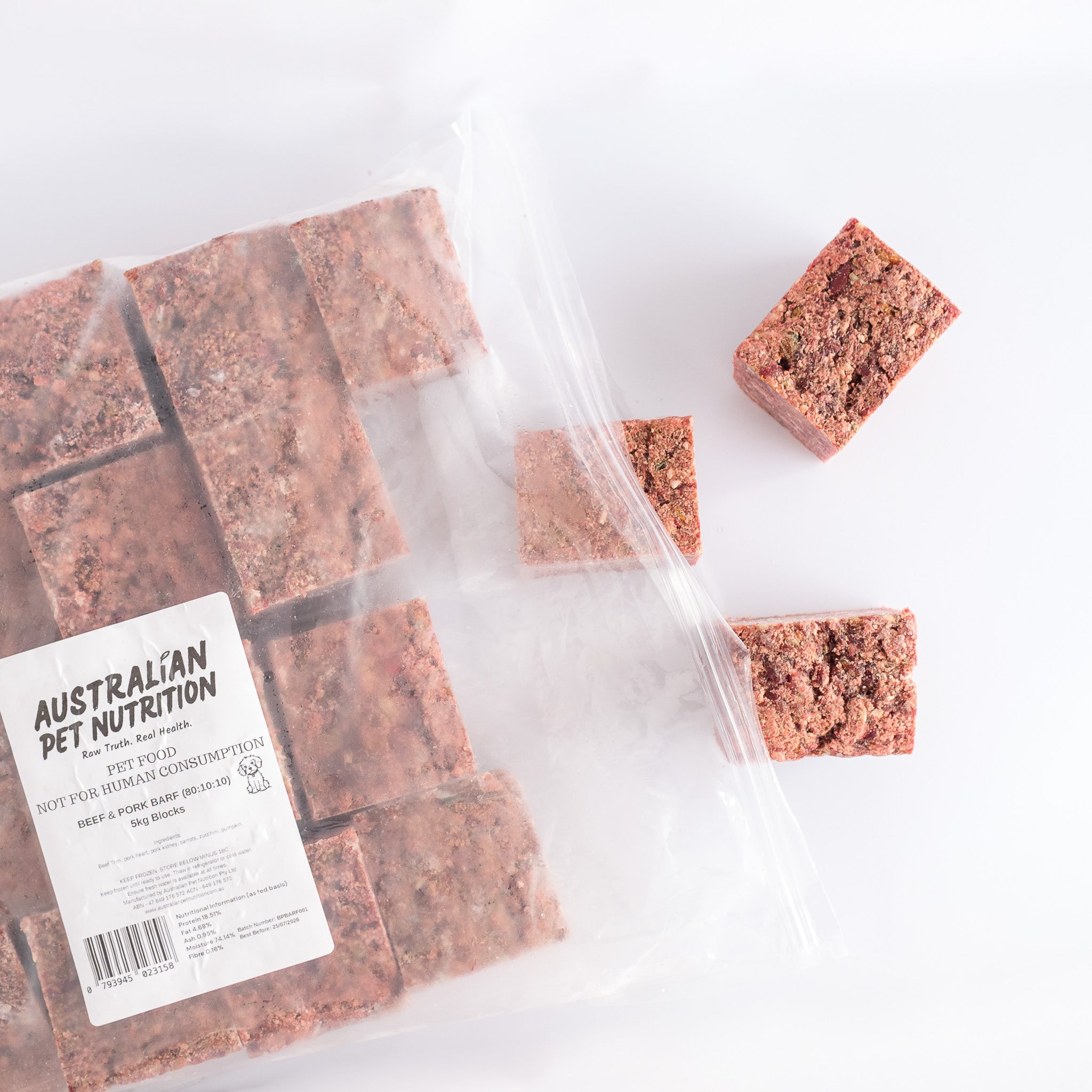Ehrlichiosis
Following recent media campaigning, we have been inundated with enquiries about Ehrlichiosis.
HISTORY
Ehrlichiosis is not a new disease but is relatively new to Australia. Ehrlichiosis effects dogs and is caused by a tick-borne bacteria called Ehrlichia canis. This disease can be fatal. The brown dog tick which is present across northern Australia is the main carrier of the disease, and transmission only occurs through infected ticks. Infected dogs do not directly transmit the disease to other dogs. The disease cannot be transmitted to humans.
The first detection of Ehrlichiosis in Australia occurred in May 2020 in the north of Western Australia including:
• Halls Creek
• Kununurra
• the Kimberley regions of Broome and Derby, and
• in the Pilbara regions of South Hedland and Port Hedland.
In June 2020, the disease was confirmed in dogs in the Northern Territory town of Katherine, and a remote community west of Alice Springs.
In March 2021 results from a national surveillance program confirmed that the disease is also established in the far north of South Australia in the Anangu Pitjantjatjara Yankunytjatjara (APY) Lands.
SYMPTOMS can include:
• fever
• lethargy
• loss of appetite
• weight loss
• swelling of chest or front legs
• cloudy eyes or conjunctivitis
• pain and stiffness
• bleeding disorders such as nosebleeds or bruising on the gums or belly
You must seek veterinary attention immediately if your pet is showing signs of ehrlichiosis, such as fever, lethargy and weight loss.
Other tick-borne diseases such as anaplasmosis and babesiosis have similar symptoms to ehrlichiosis. These diseases are present in the NT so it is important to seek advice and treatment.
PREVENTION
Oral insecticide flea & tick treatments do not protect your dog from Ehrlichiosis as the tick has to penetrate your dogs skin to receive the poison circulating around your dogs bloodstream in order for it to die. By this point, the tick could already have transmitted Ehrlichiosis to your dog.
The only treatments that offer some protection are those that have some repellent qualities such as Seresto tick collar, topical spot-on treatments and natural repellents such as essential oils diluted in carrier oils, diluted raw apple cider vinegar, fresh crushed garlic in safe quantities etc. None of these preventatives however are a foolproof 100% guarantee unfortunately.
WHAT CAN I DO ?
Use preventative topical product(s) that have some repellent action. Read the listed side effects on the product insert of any chemical treatment prior to use and monitor your pet for adverse reactions.
Inspect your dog regularly (especially around the neck, spine, head, ears, armpits, paws and belly) and remove any ticks.
Boost your dogs chances of survival should they get the disease by working on their immune system:-
• Reduce processed foods
• Feed plenty of fresh whole foods appropriate for their species (we can help)
• Improve your dogs gut health by feeding a variety of different foods, fermented veggies, prebiotics and probiotics (we can help)
• Reduce your dogs overall toxin load by keeping vaccinations and chemical treatments to a minimum or only those absolutely necessary (titre testing is available as an alternative to over-vaccinating)
• If you live with town water, think about a home filter for fluoride and chemicals
• Reduce harmful chemicals in your home and garden
• Turn off your WiFi when not home or not in use and choose low-tox furniture, human mattresses and pet bedding free from fire retardants when purchasing for your home
• Plenty of sun, fresh air, physical and mental stimulation and time spent in nature
• Keep stress to a minimum
• Consult the help of a local Animal Naturopath to help you if needed - Natural Vet Nurse
Seek veterinary advice immediately should your dog show any of the common symptoms.
Sources:
https://www.outbreak.gov.au/current.../ehrlichiosis-dogs
https://nt.gov.au/.../animal.../ehrlichiosis-disease-dogs
Disclaimer: This information does not in any way replace or substitute the advice of a veterinarian.








